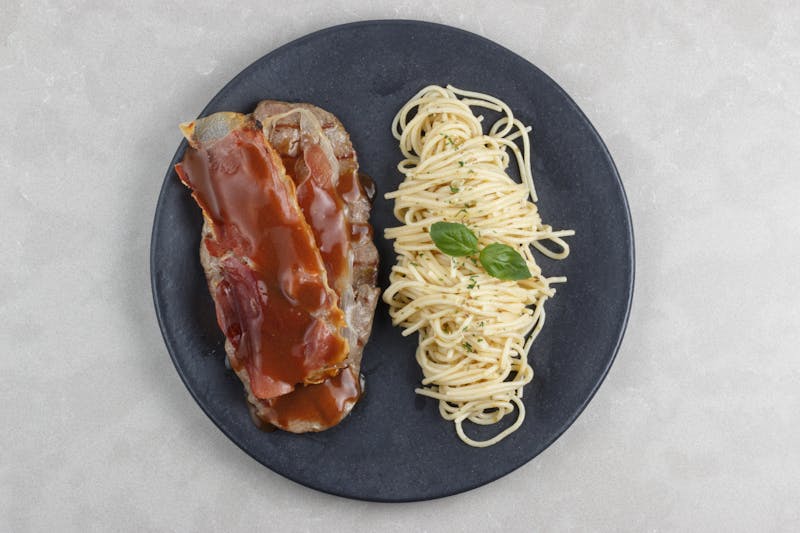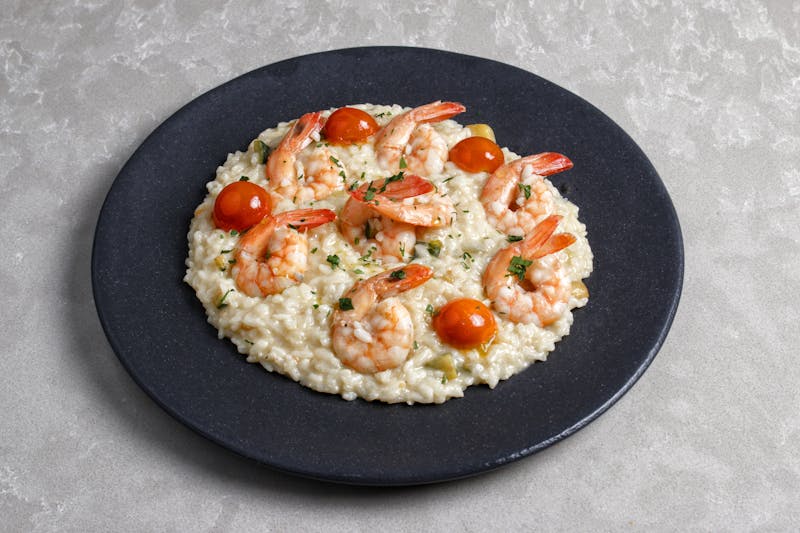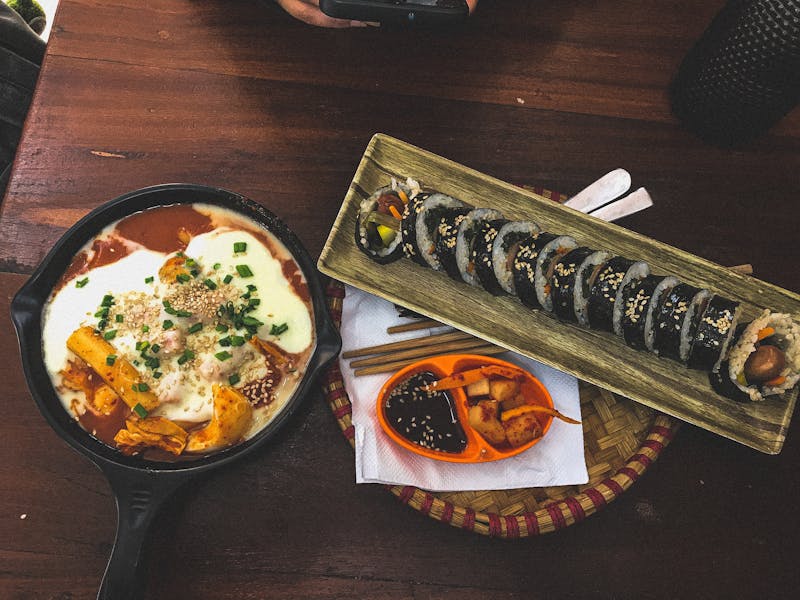Why Eating Like a Local Matters
Let’s be real: no travel experience is complete without food. But we’re not talking about just any food—we’re talking about real food. The kind grandma makes. The kind that never makes it to TripAdvisor’s top 10. That’s the food you remember. So, how do you eat like a local anywhere in the world? Easy. You observe, ask, taste, and dive headfirst into the flavors of a place—beyond the tourist menus and into the soul of the culture.
Research Before You Travel
Use Food Blogs and Local Guides
Before you even pack your suitcase, do a bit of digging. Travel bloggers, especially those who focus on culinary culture, are gold. Sites like Eater, Culture Trip, and even niche food Instagram accounts often share hyper-local insights that Google Maps reviews miss.
Tap into Social Media
Hashtags like #streetfood[cityname] or #eatlikealocal can lead you to mom-and-pop joints you’d otherwise never find. Reddit threads, local Facebook groups, and even YouTube vlogs offer first-hand recommendations.
Learn the Local Food Culture
Understand Meal Times and Etiquette
You might be used to eating dinner at 6:00 PM, but in Spain, that’s practically lunchtime. In Argentina, steak at 10:00 PM is normal. Knowing local meal rhythms helps you avoid awkward empty restaurants—and understand the flow of daily life.
Know What Locals Actually Eat
Skip the Westernized versions of traditional dishes. What you find in downtown Bangkok or Rome might be made for tourists. Instead, ask yourself: what do office workers, construction crews, or students eat for lunch here?
Visit Local Markets Over Supermarkets
Observe, Ask, Taste
Wander into a morning market and your senses will be overwhelmed—in the best way. Markets are where the local food economy lives. Talk to vendors, sample something unidentifiable, and take your time watching what locals buy.
Dine Where the Locals Dine
Stay Away from Tourist Traps
If the menu has photos of food in five languages, it’s probably not authentic. If someone is waving you inside with laminated menus? Run.
Go Off the Beaten Path
Walk three blocks away from a popular attraction. You’ll likely find a tiny eatery with mismatched chairs, handwritten menus, and home-cooked magic.
Use Street Food as a Gateway
How to Choose Safe, Authentic Vendors
Yes, street food is legit—and often better than sit-down meals. Choose vendors with:
- A long line of locals
- High turnover (fresh ingredients)
- Clean prep areas
Iconic Street Foods to Try Around the World
- Vietnam: Bánh mì from a cart with fresh cilantro and chili
- India: Pani puri on a bustling corner
- Mexico: Al pastor tacos sliced right off the spit
- Thailand: Pad Thai wrapped in a banana leaf
Book Food Tours with Locals
The Rise of Community-Based Culinary Experiences
Platforms like WithLocals or Airbnb Experiences now offer tours hosted by chefs, grandmothers, or neighborhood foodies. This means real stories and real dishes.
Why Local Guides Matter
They explain what’s in the dish, where it came from, and why it matters to the culture. That’s more than food—it’s education through your stomach.
Learn a Few Key Food Phrases
Communicating Allergies, Preferences & Curiosity
A little language goes a long way. Learn how to say:
- “No meat, please.”
- “Is this spicy?”
- “What’s your favorite dish here?”
This shows respect and opens the door to recommendations that aren’t on the menu.
Leverage Food Apps for Discovery
Recommended Apps for Eating Like a Local
- HappyCow (for vegetarians)
- Chowhound
- TheFork
- Zomato
- LocalEats
These help filter noise and spotlight places real people actually eat at.
Embrace Home Cooking Experiences
Take a Cooking Class or Eat With a Local Family
Platforms like EatWith or BonAppetour let you share a meal in someone’s home. This isn’t a restaurant—it’s cultural immersion over dinner. You cook, eat, and laugh together. It doesn’t get more authentic than that.
Stay in Local Neighborhoods
How Your Accommodation Influences Your Food Experience
Airbnbs in local districts, boutique inns, or even couchsurfing give you front-row access to where people actually eat. Avoid tourist hotels that cater to Western tastes.
Understand What “Authentic” Really Means
Avoid the Purist Trap
Don’t chase authenticity so hard that you miss out. Fusion can be authentic. A local twist can still be real. A taco joint run by a Korean-Mexican family? That’s the future of local flavor.
Conclusion: Travel Through Taste
Eating like a local isn’t just about saving money or avoiding tourist traps—it’s about understanding people through their plates. It’s travel at its most human. Wherever you go next, let your tastebuds lead the way. Because food isn’t just what you eat—it’s who you meet, what you learn, and the memory you take home.

FAQs
1. Is it safe to eat street food in foreign countries?
Yes—just pick busy stalls, avoid raw foods, and trust your gut (literally).
2. What if I have dietary restrictions?
Learn key phrases in the local language and use apps like HappyCow to find suitable options.
3. How do I avoid tourist traps when choosing a restaurant?
Avoid places near major landmarks, look for local crowds, and check regional blogs—not just reviews.
4. Are food tours worth the money?
Absolutely—if they’re run by locals. You’ll learn, taste, and connect in ways solo exploring can’t offer.
5. Can I eat like a local if I only stay a few days?
Definitely! One trip to the market, a food stall, or a home-cooked meal gives you instant cultural insight.

